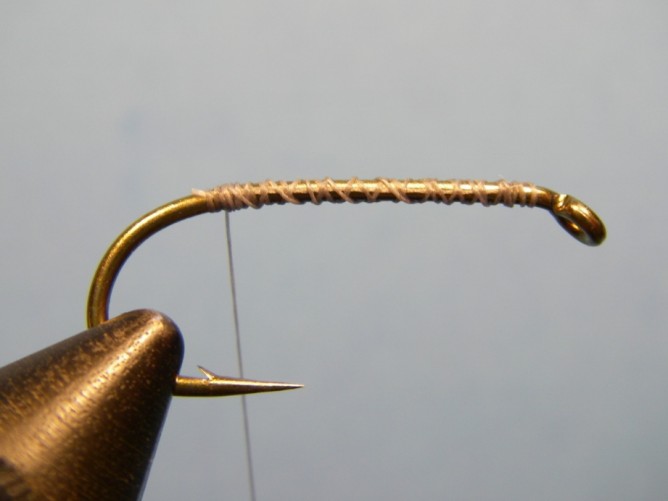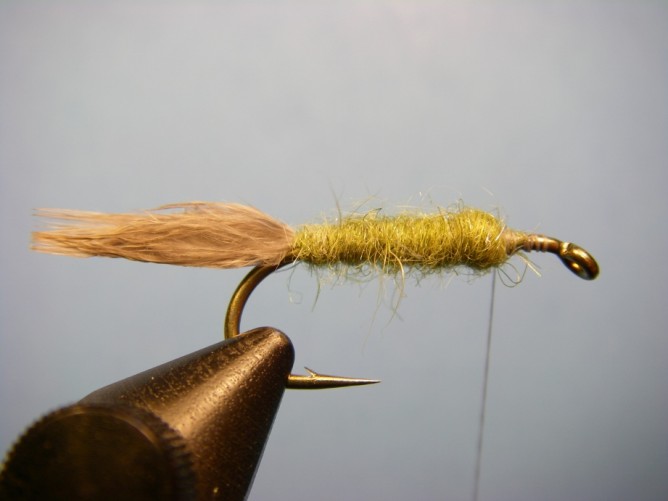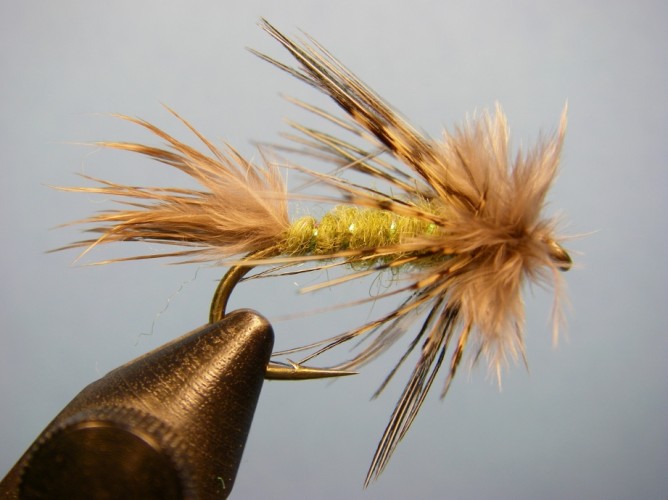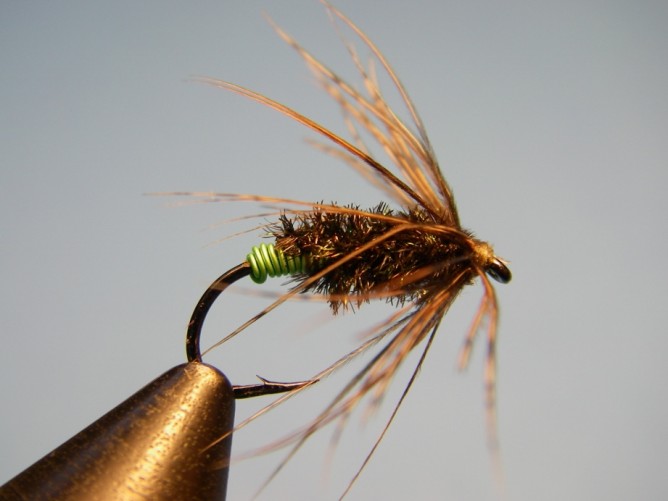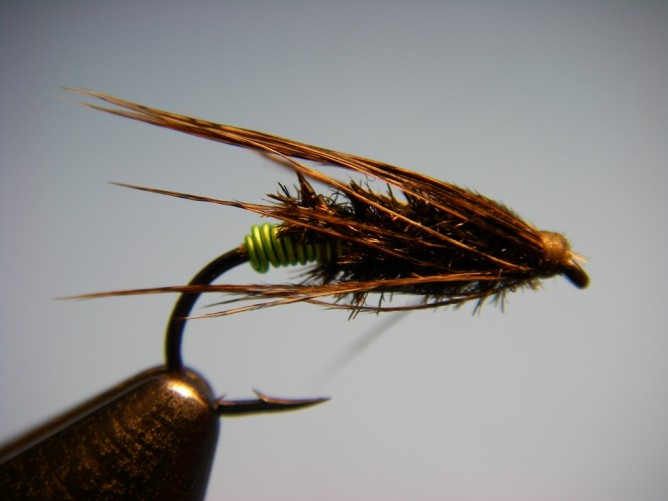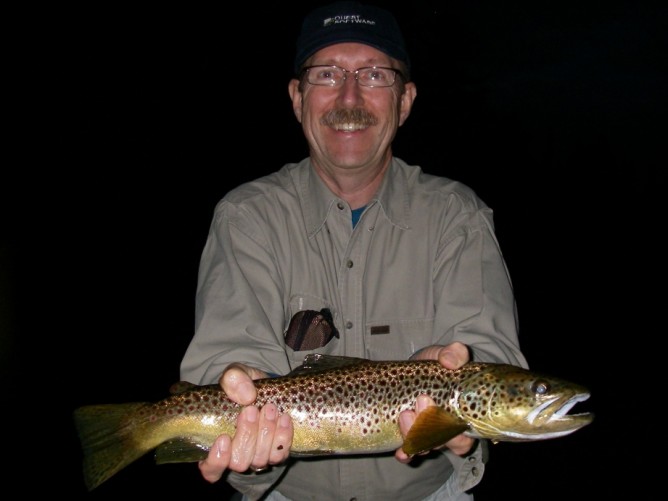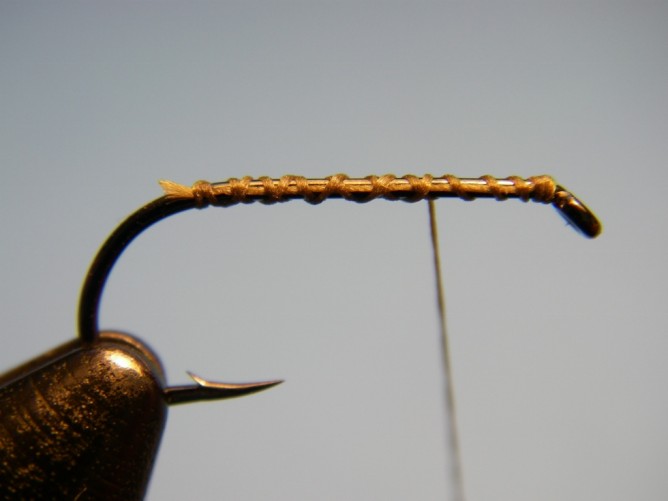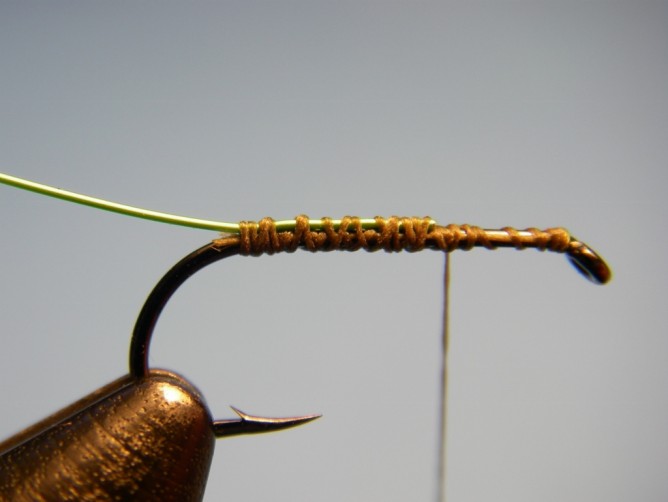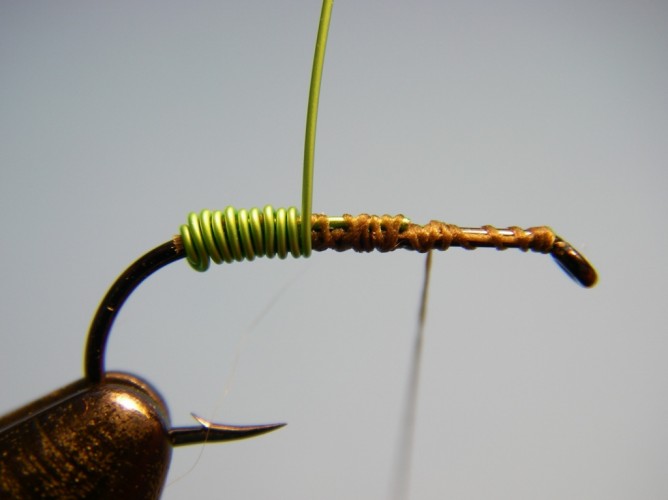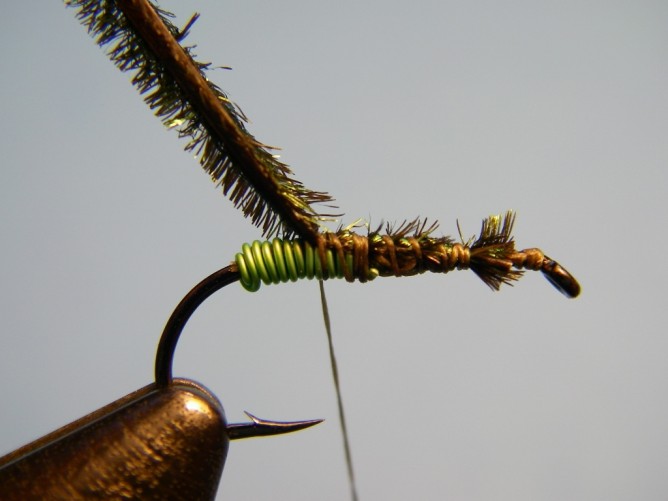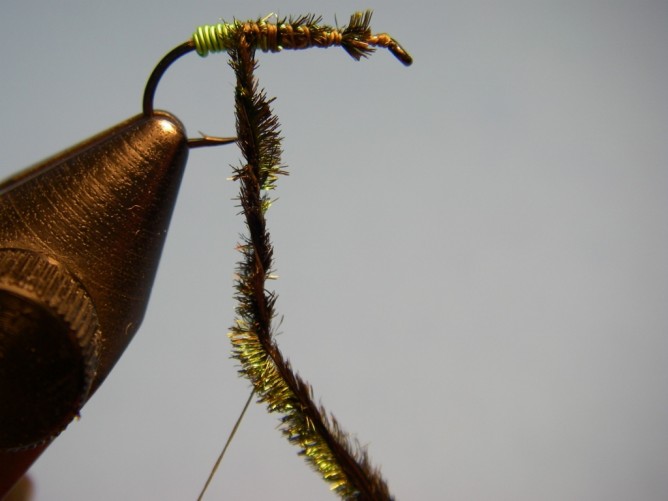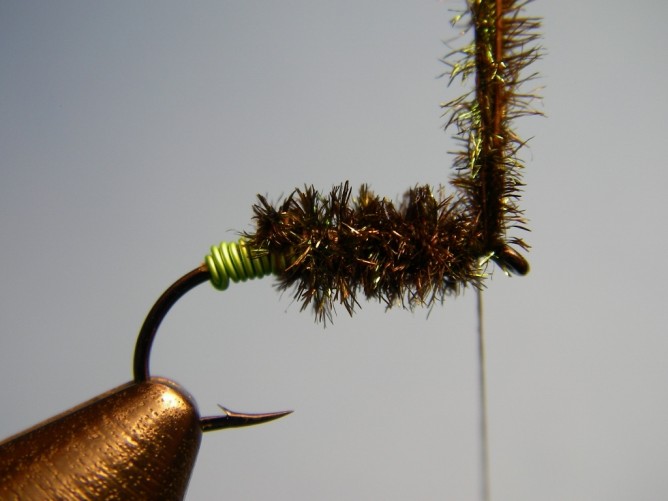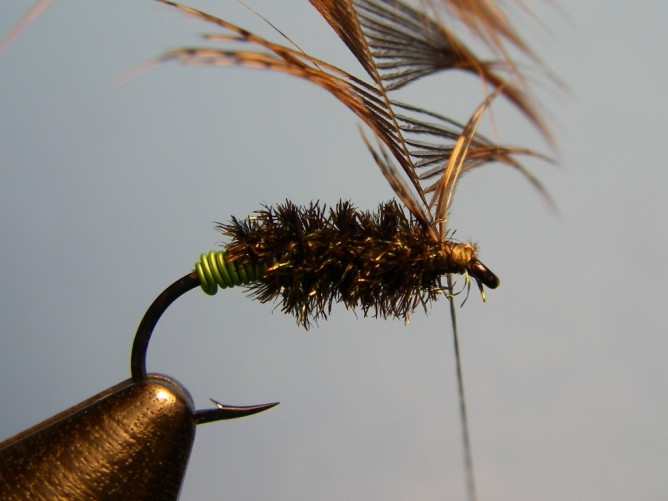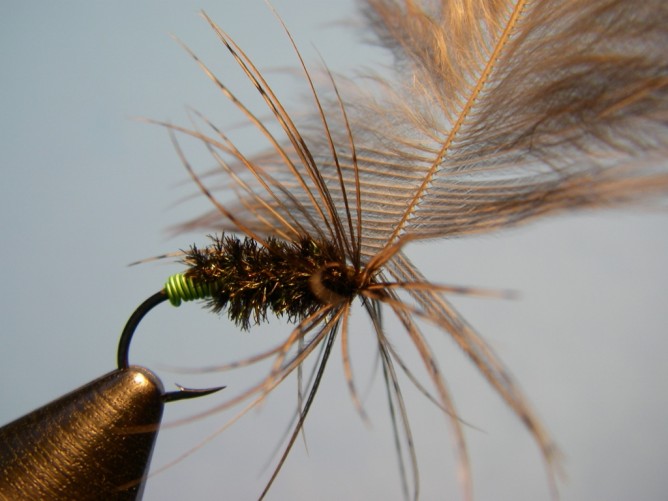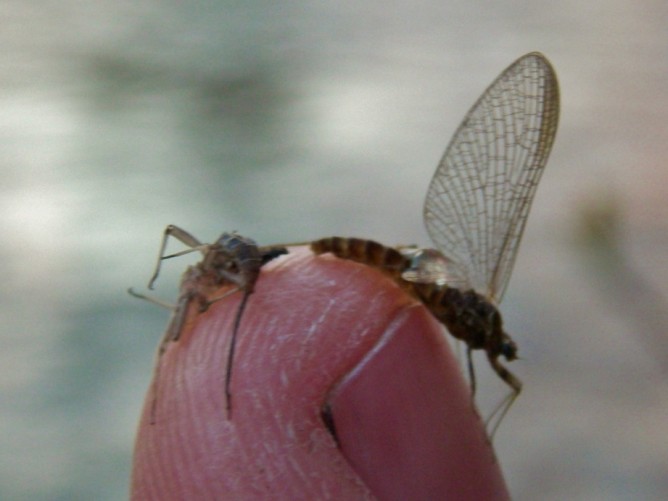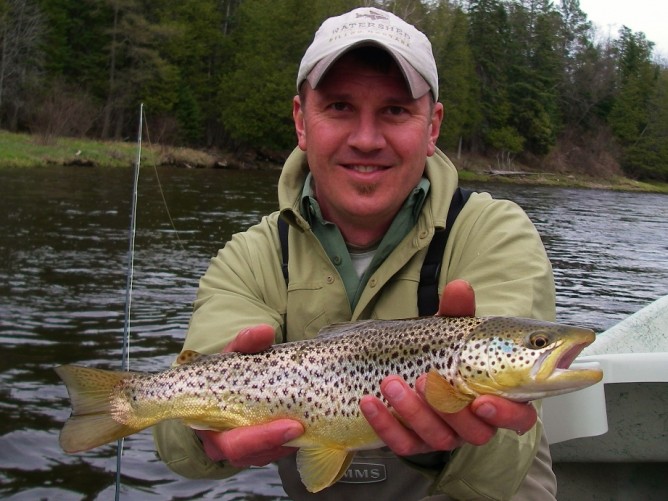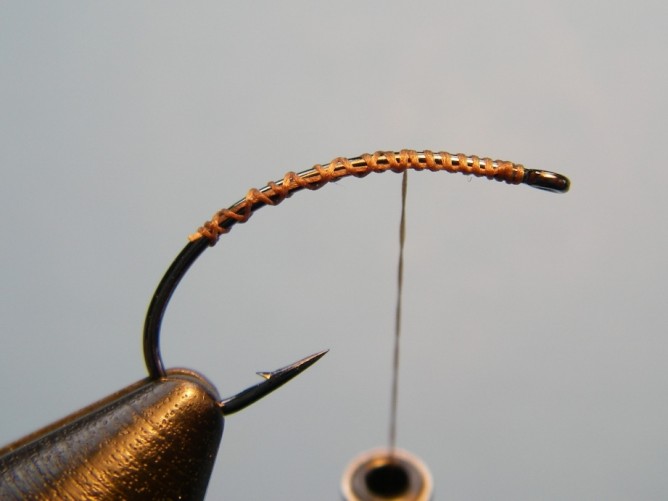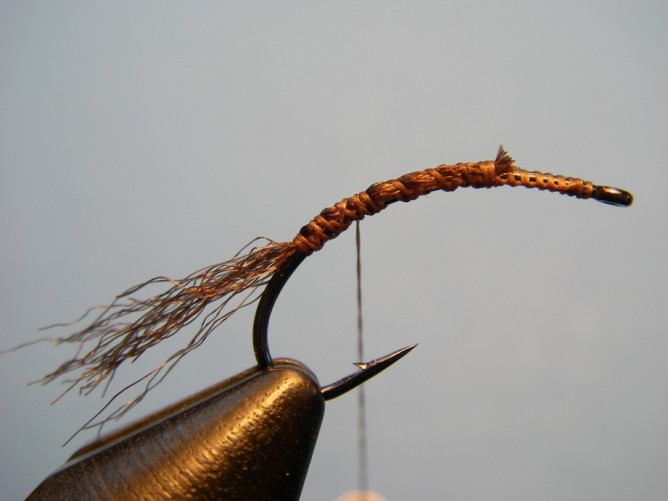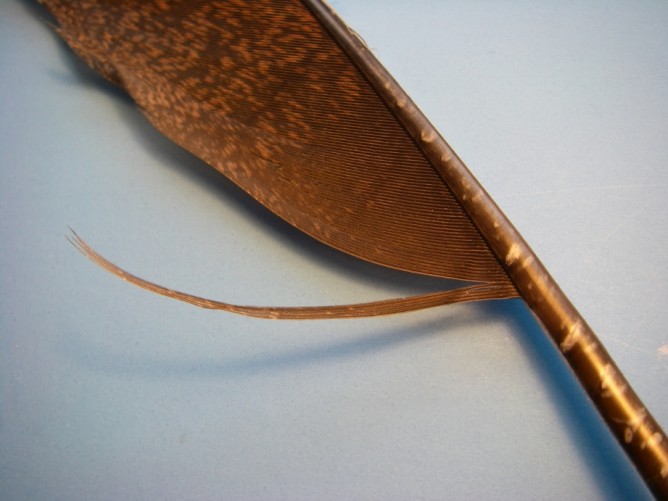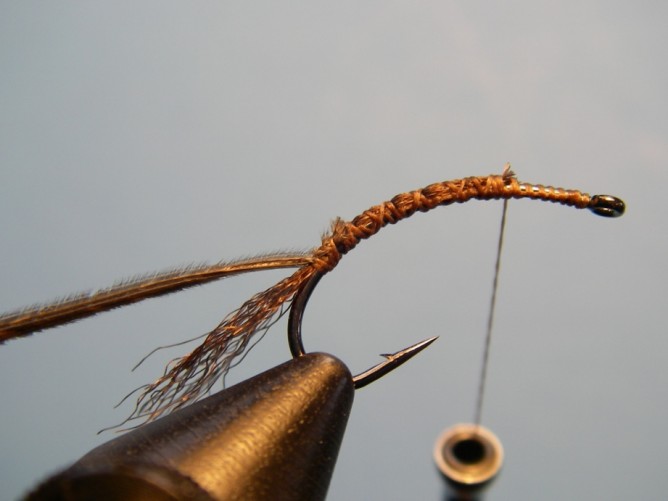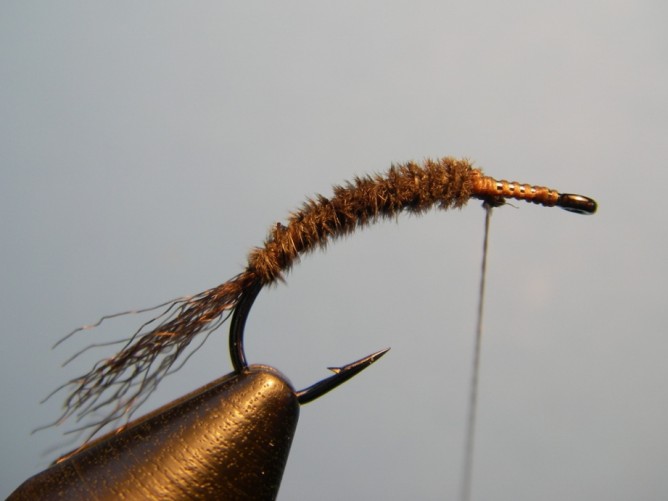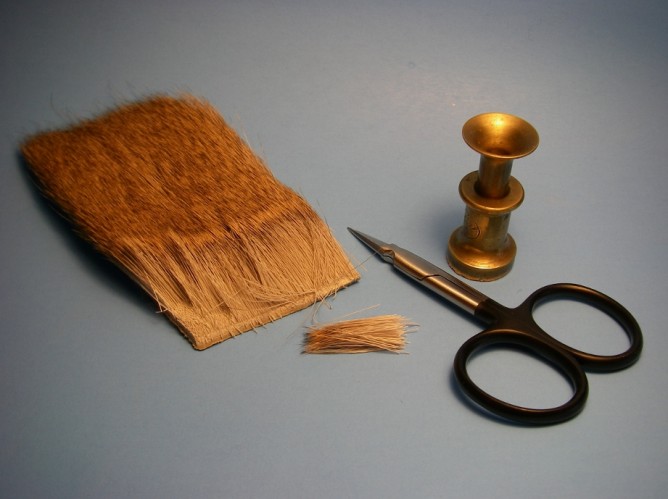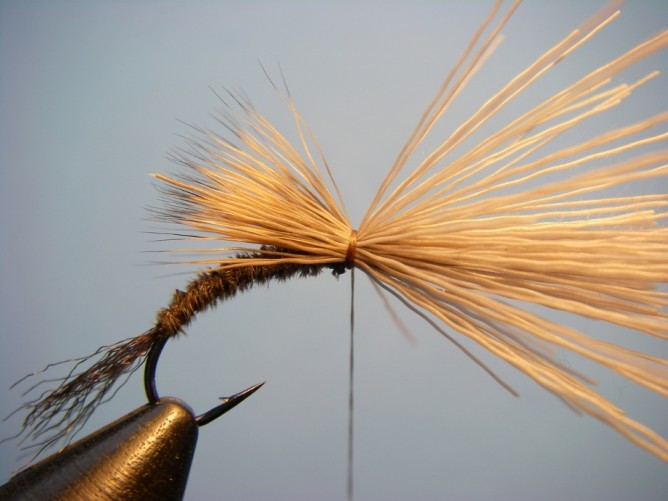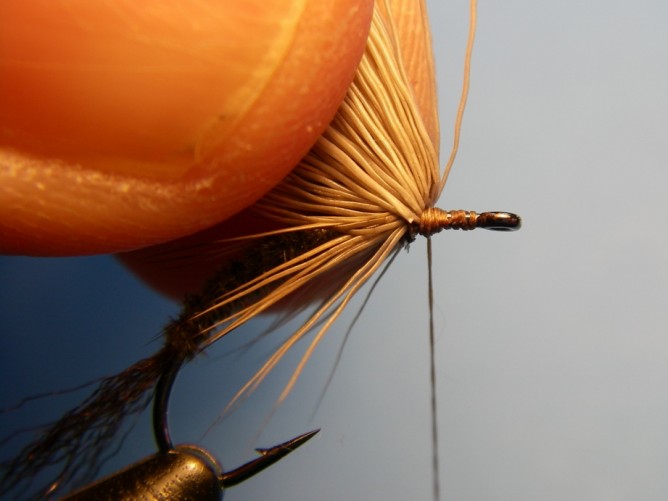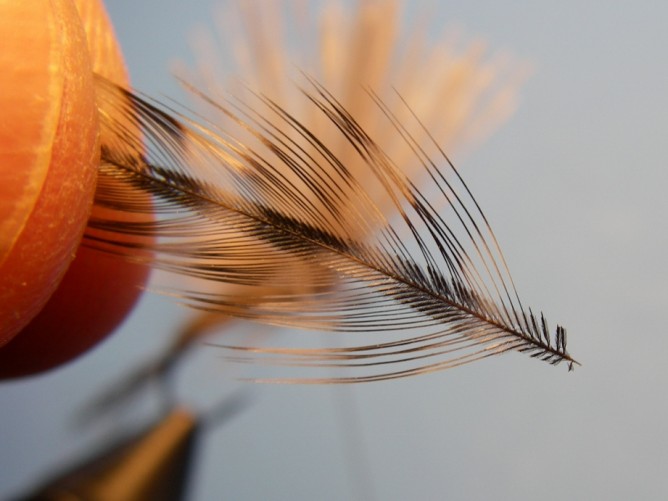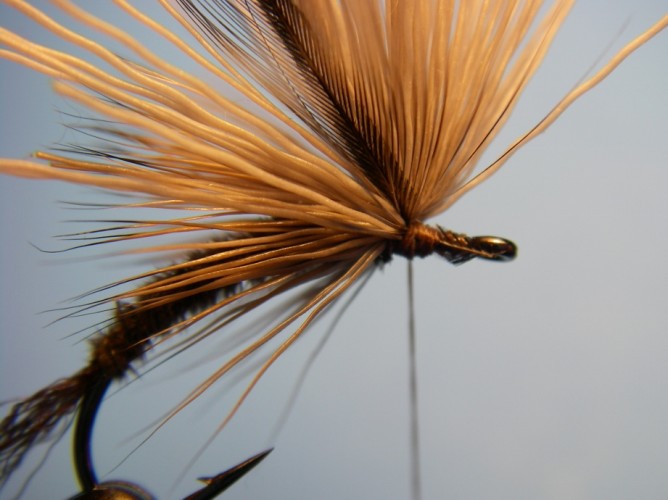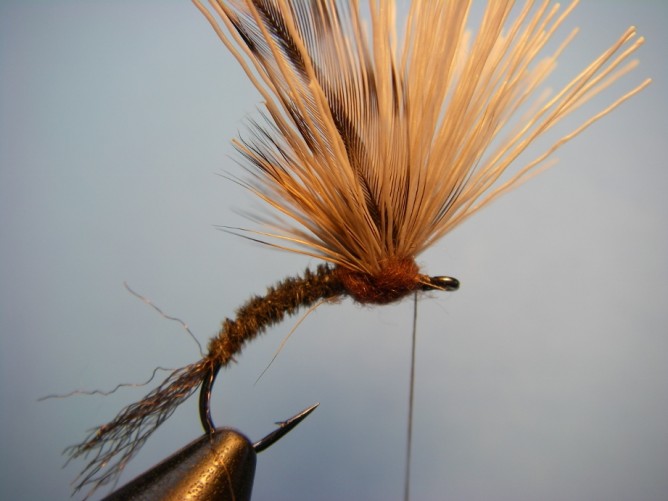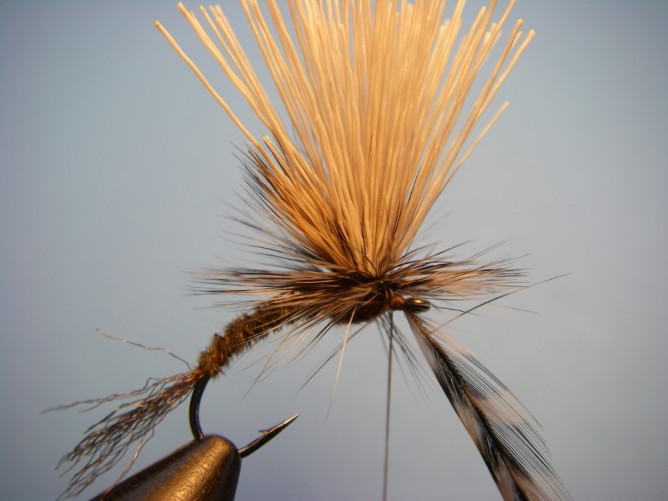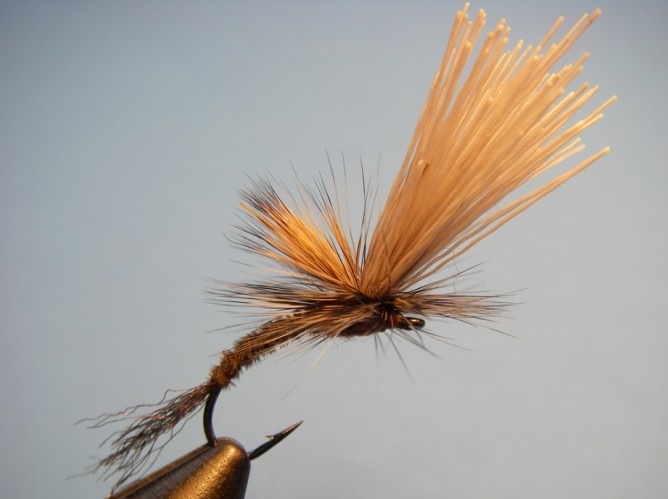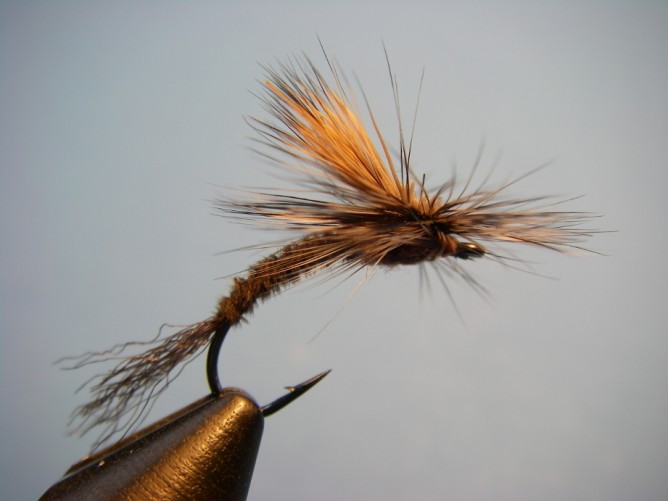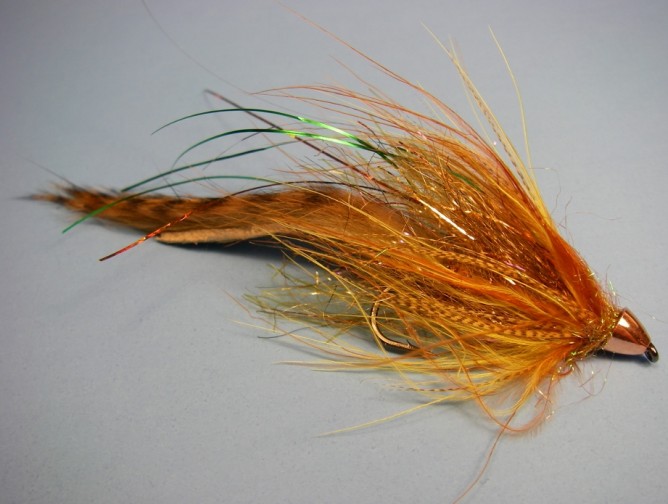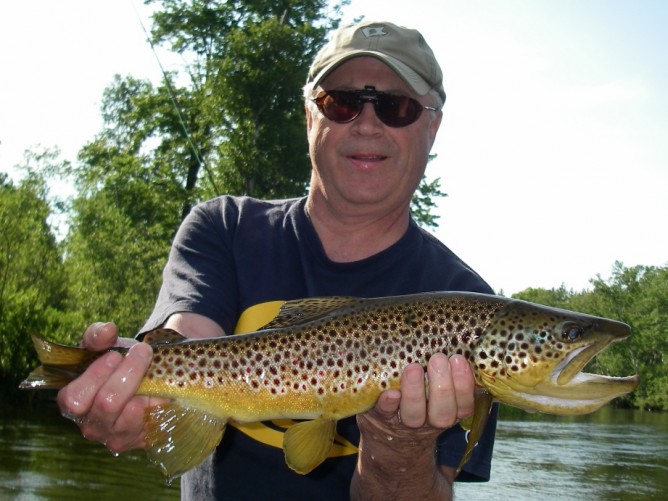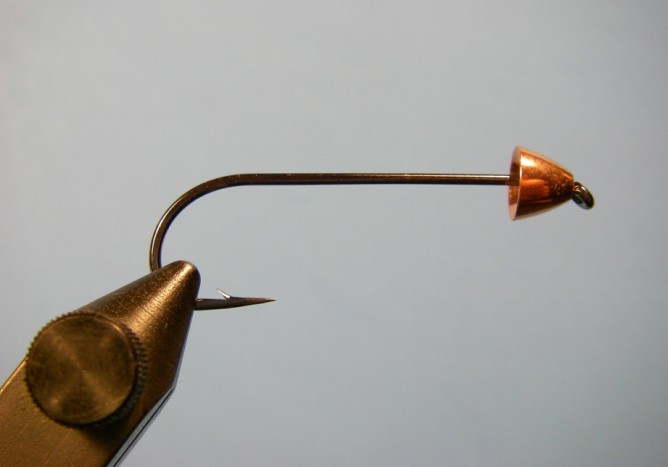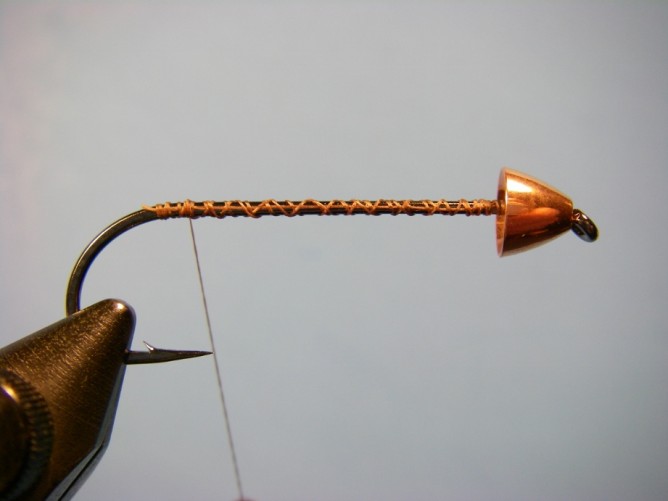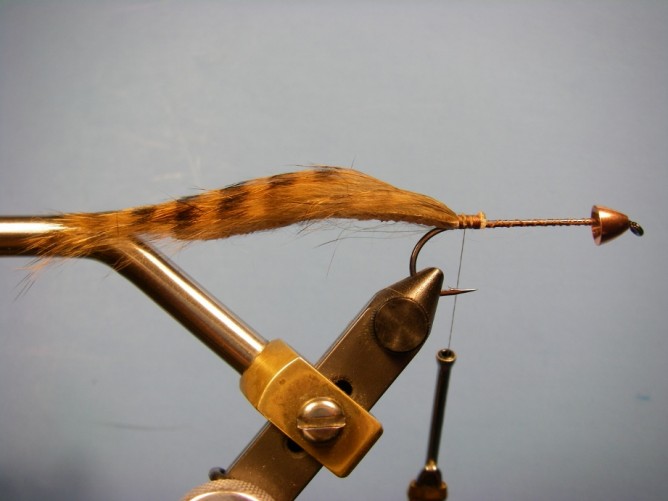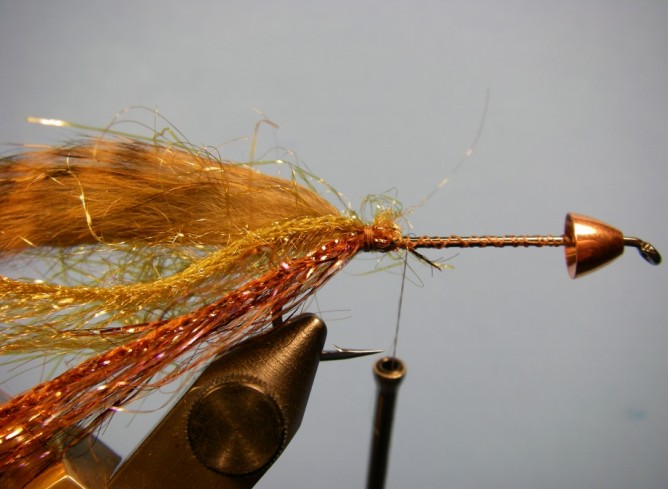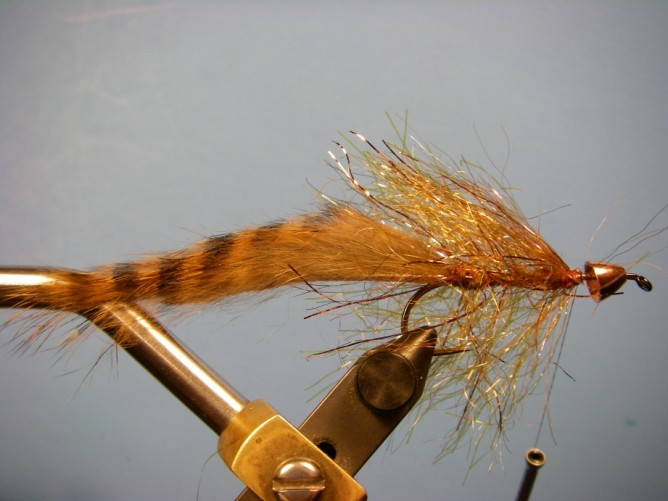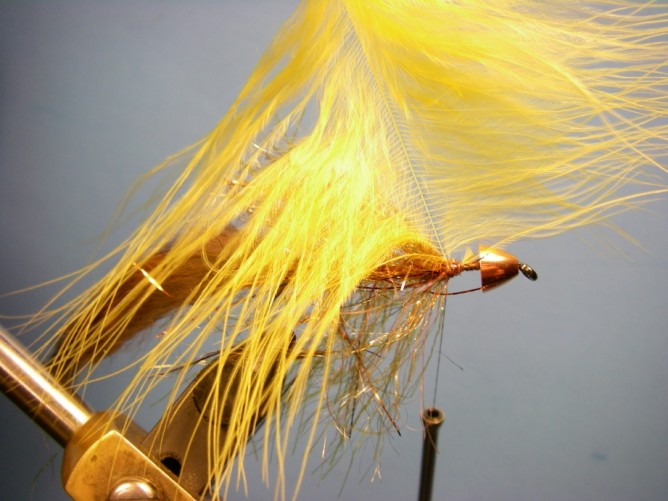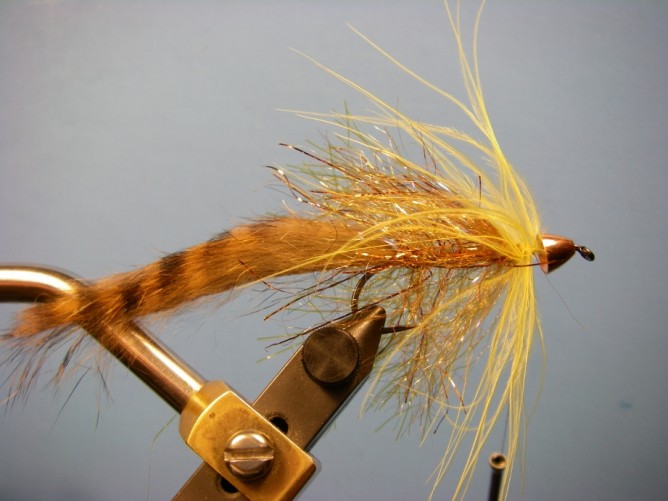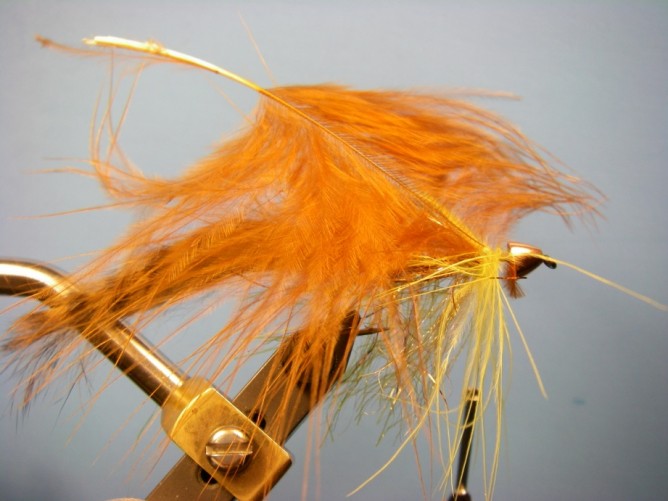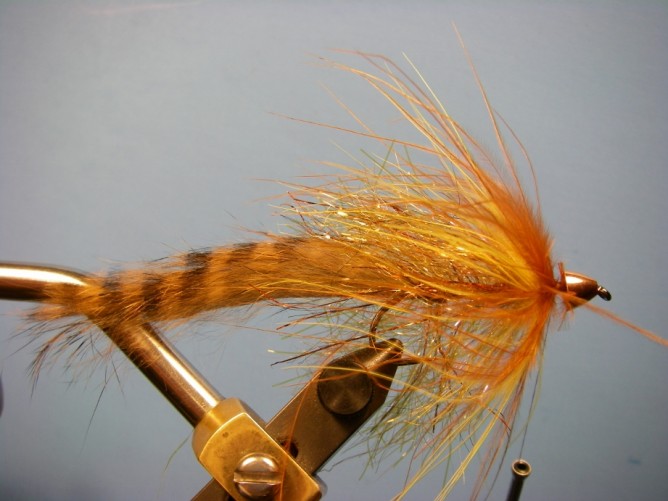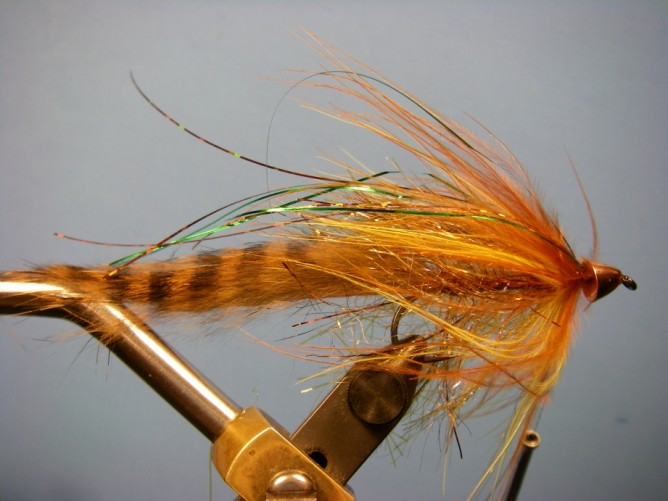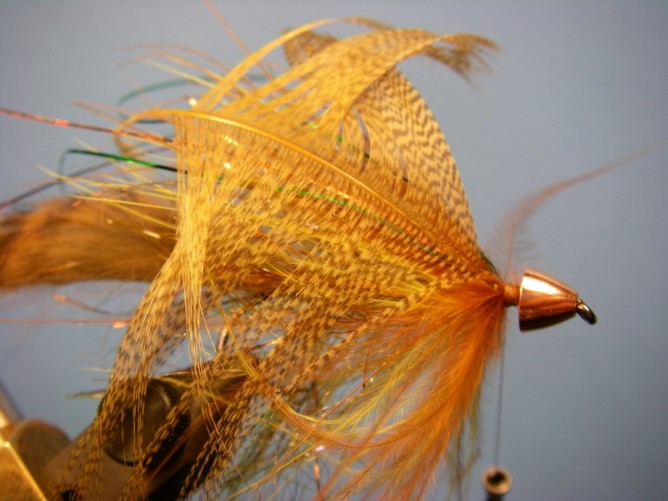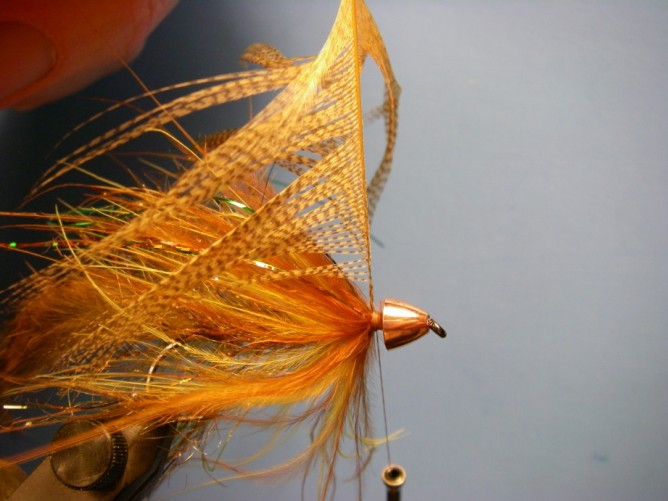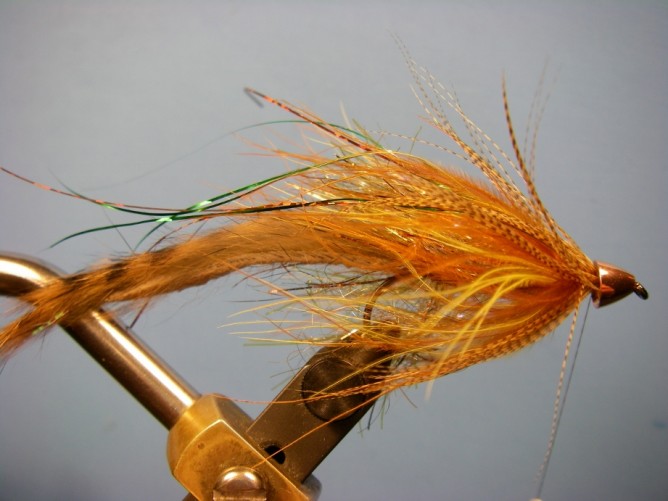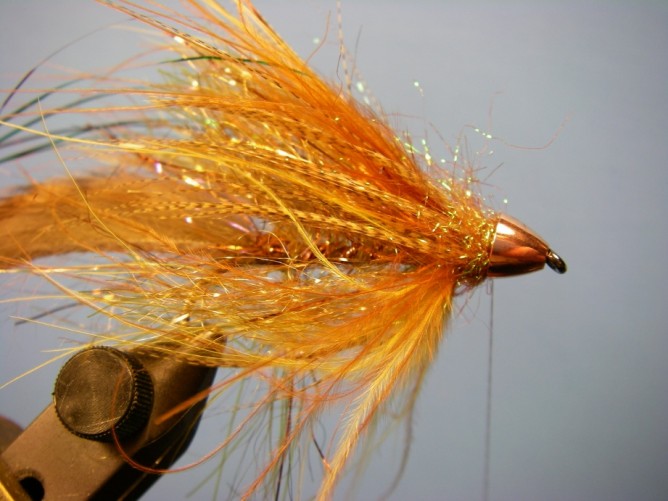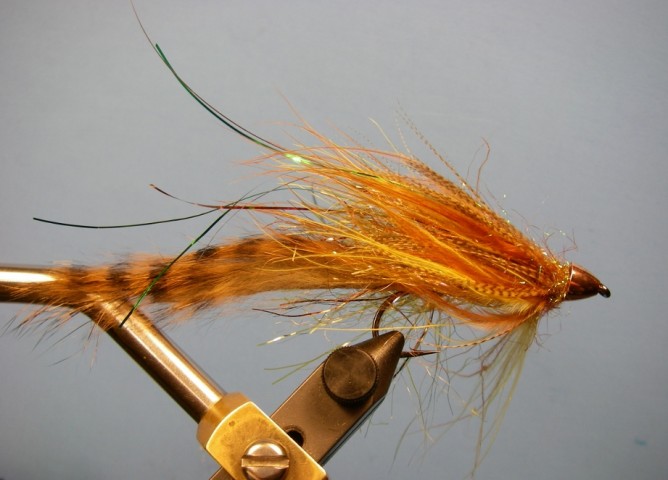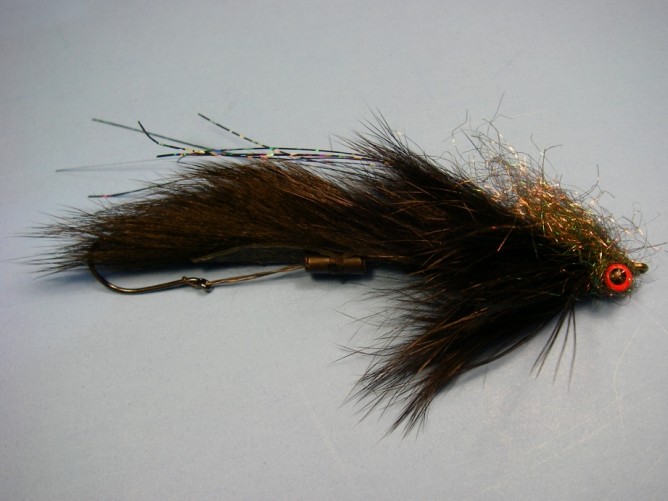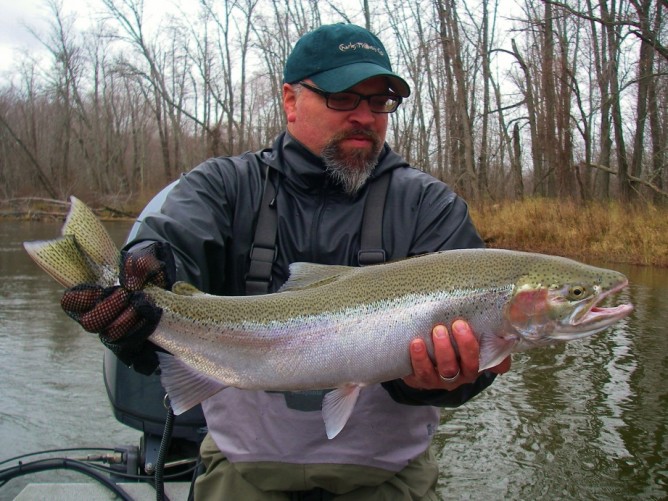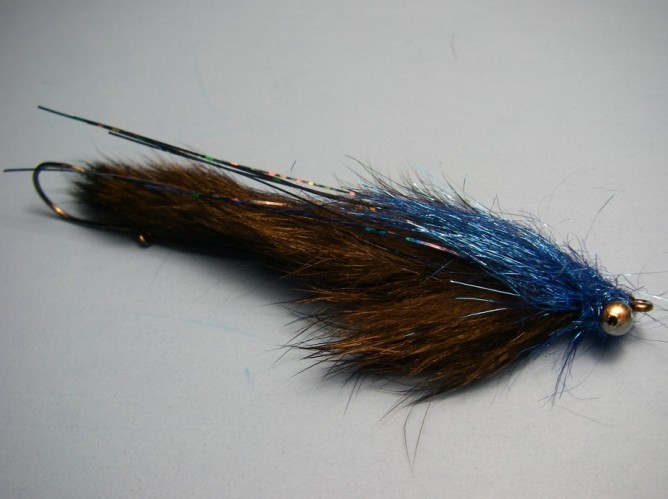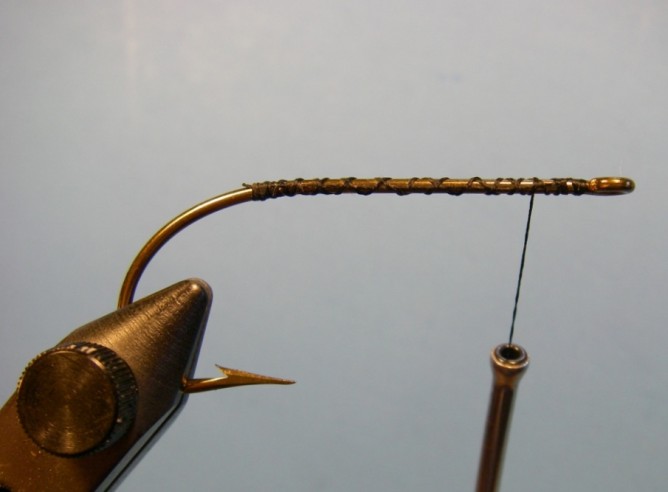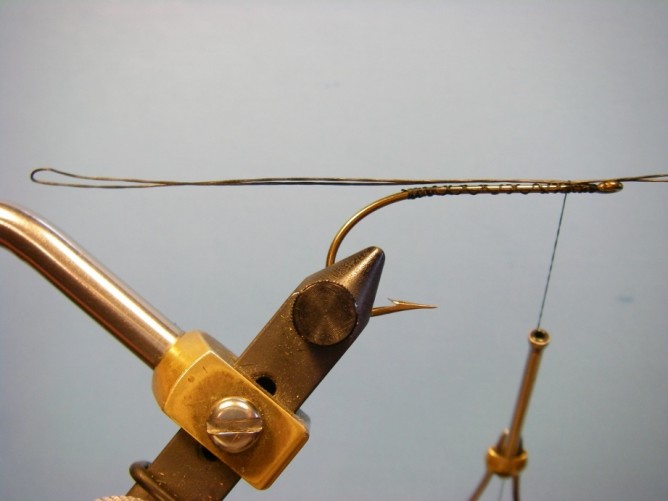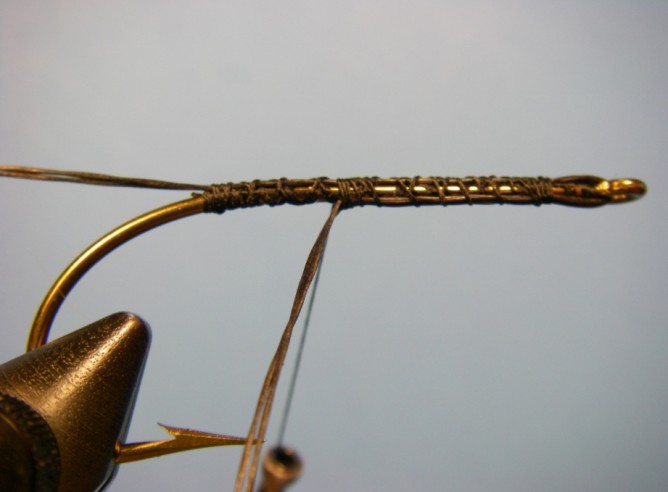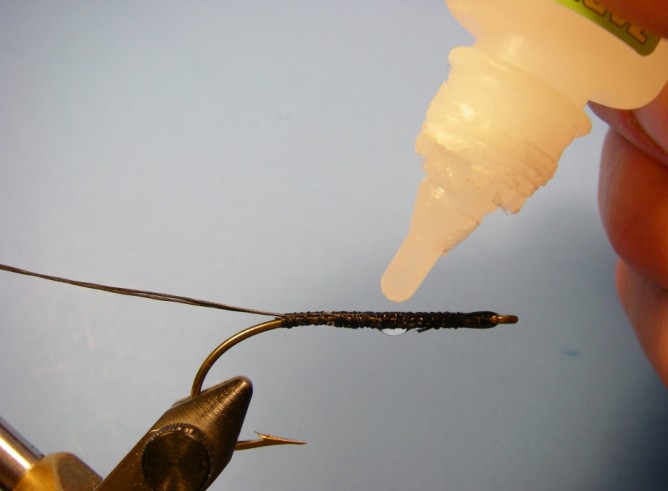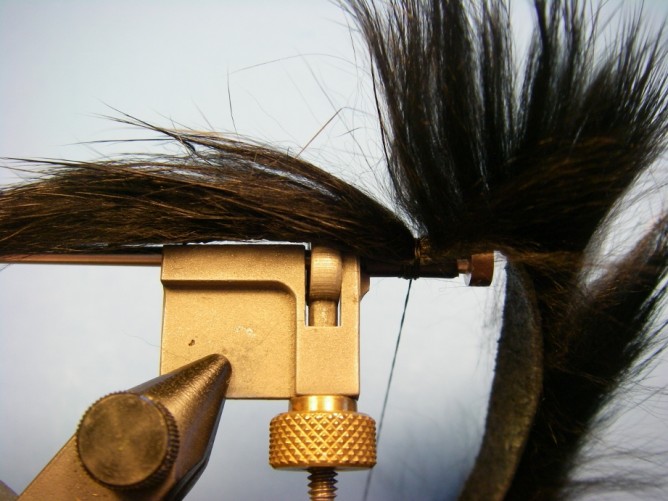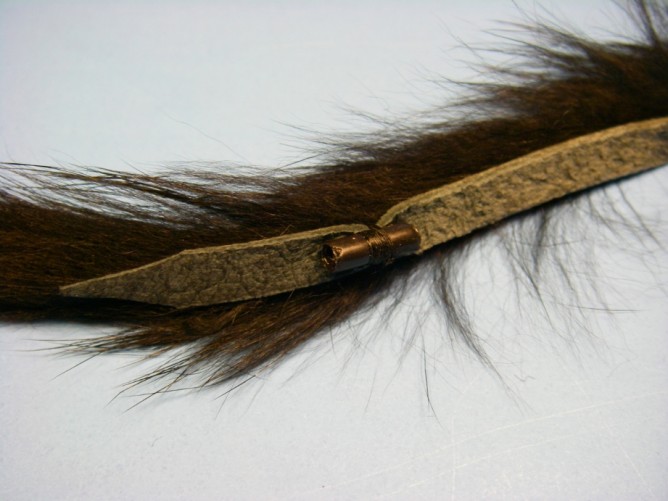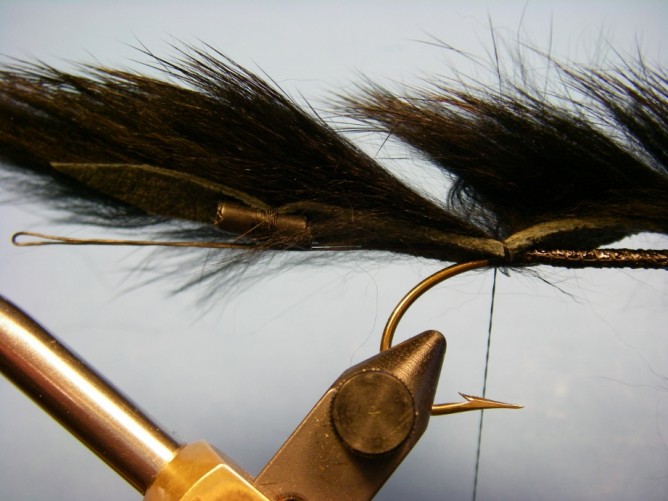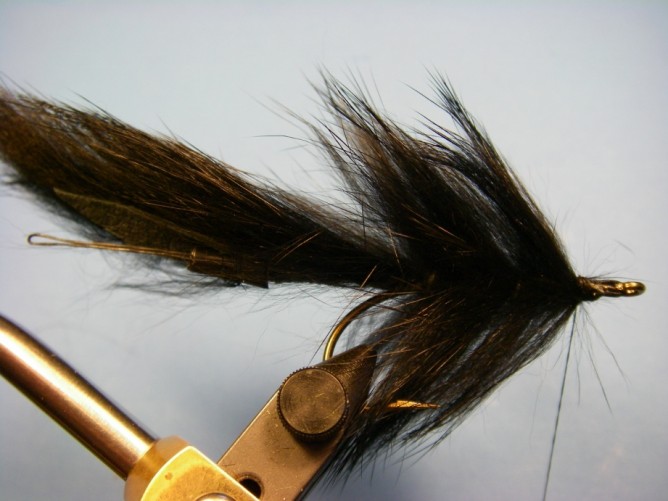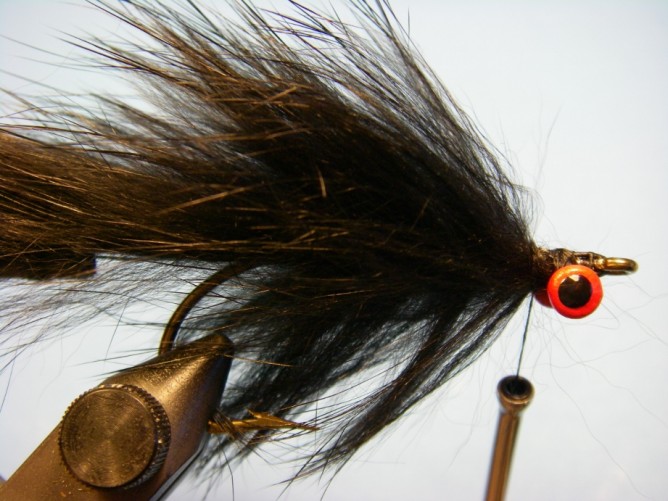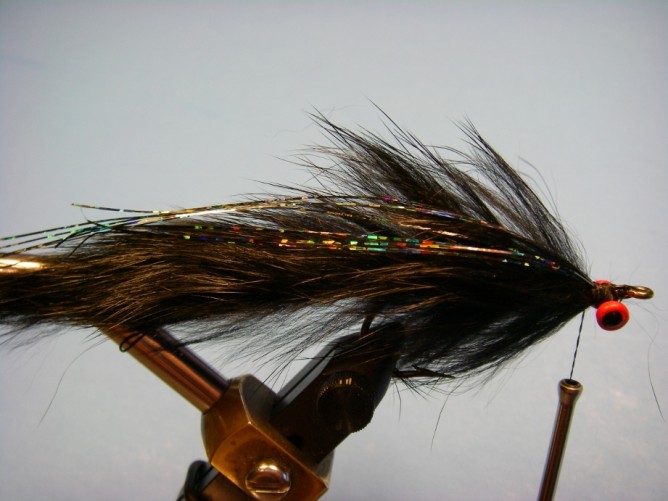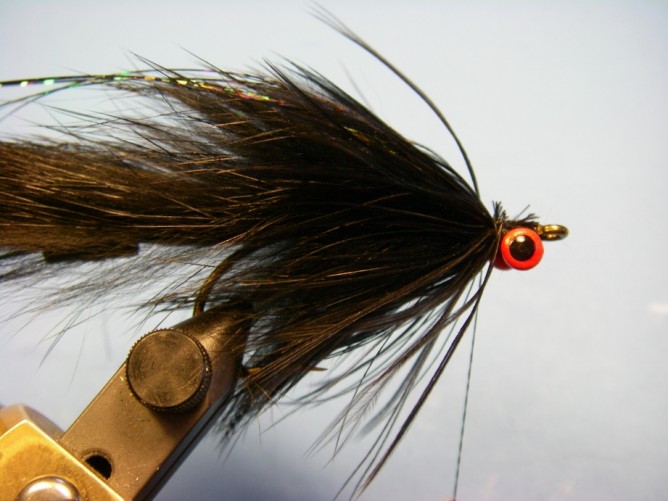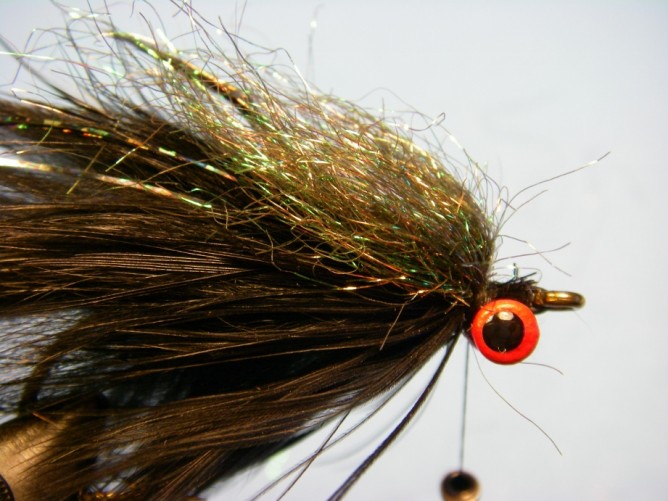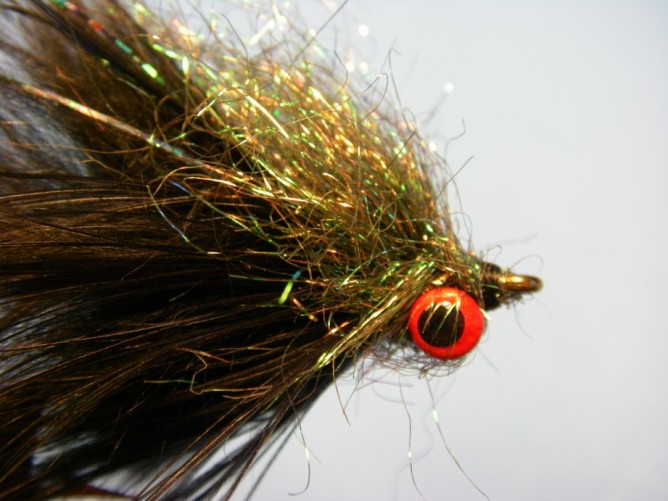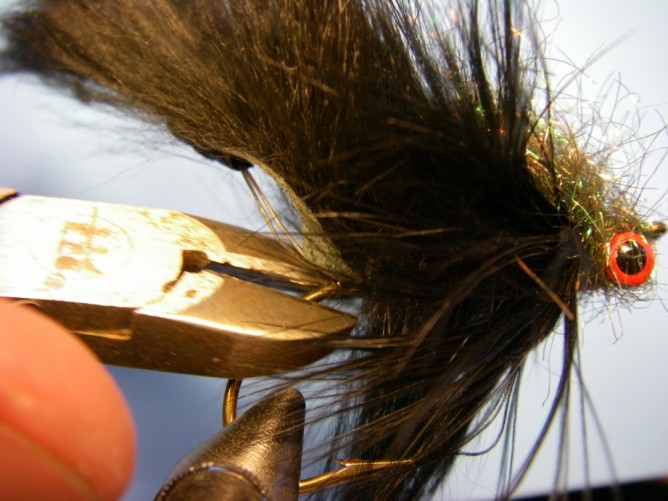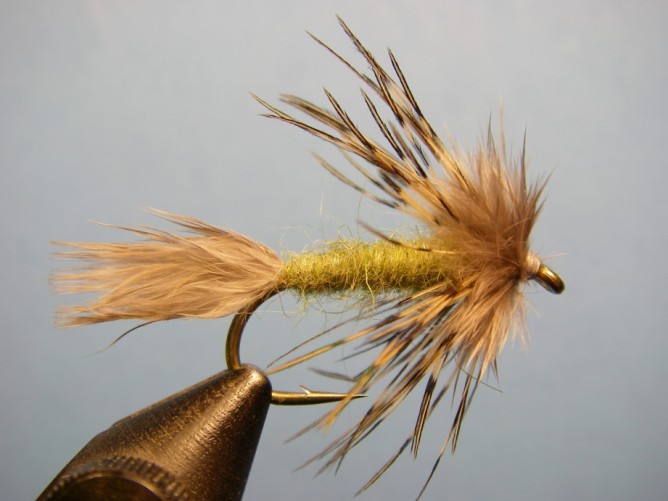 The Sparrow Nymph fly pattern is impressionistic and suggests a number of food sources to fish but nothing specifically. While Jack Gartside originally designed this nymph/streamer/wet fly for trout fishing, I have found it works on a number of species by changing up the body colors, hook size and presentation.
The Sparrow Nymph fly pattern is impressionistic and suggests a number of food sources to fish but nothing specifically. While Jack Gartside originally designed this nymph/streamer/wet fly for trout fishing, I have found it works on a number of species by changing up the body colors, hook size and presentation.
Each year as salmon season comes around, I find myself tying a number of Sparrows to stock my fly box. This classic, tried and true pattern works well on when salmon are resting in staging holes early in the migration/season. I’m not sure what the fish consider the pattern to be, but they really seem to like them some days – then again they are salmon, and some days they just won’t eat anything you try.
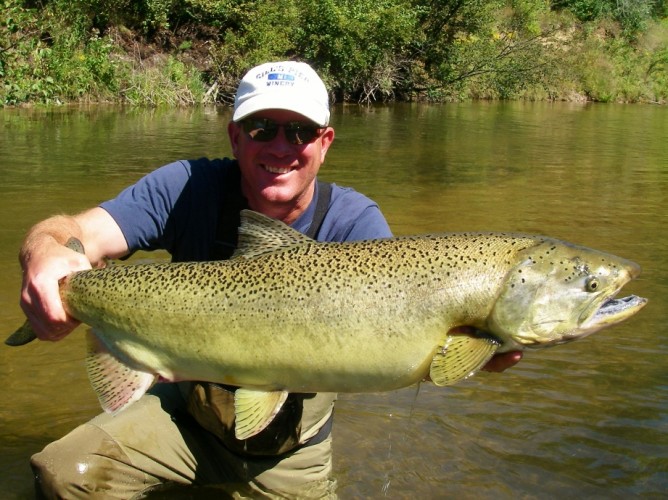
I prefer to fish the Sparrow for salmon as a nymph but sometimes I will get above the fish and barely swing it into the hole where fish are staged. When fishing for trout, fish the Sparrow like a soft hackle or even “greased-lined.” If tied in white/gray/grizzly or other baitfish imitating colors, strip it back after you have swung it for aggressive takes.
Tying the Sparrow is quick and easy with just a few basic materials and can be fished wet, as a nymph or in certain colors as a small streamer. The materials provide a lot of motion which I think really contributes to its effectiveness. For Coho/Silver salmon, try tying them in purple whereas classic colors for King/Chinook salmon seem to be olive, dirty yellow (think hex) and black. Body colors for trout include hare’s ear, peacock herl and orange (think sedge). Play around with body colors and dubbing materials – use some with flash or sheen to provide a trigger.
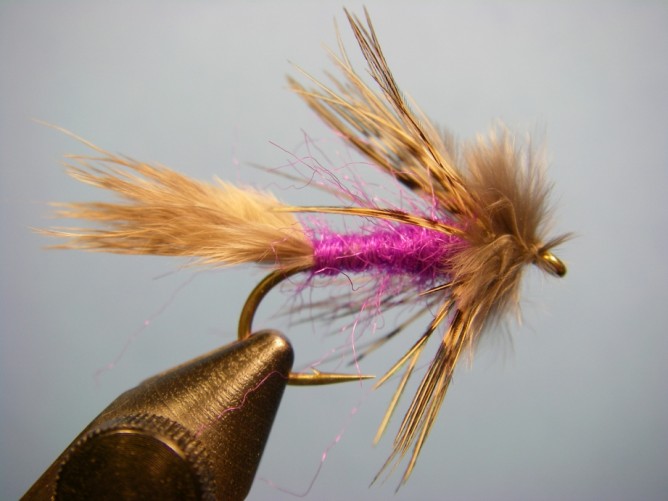 Recipe:
Recipe:
Hook: TMC 3769 #6 (salmon) Daiichi 1560 #8-12 (trout)
Thread: Uni 6/0 – Gray
Tail: “Tuft” Marabou
Rib: Krystal Flash (optional)
Body: Dubbing (your choice)
Hackle: Pheasant Rump Feather
Head: Pheasant Philoplume/After-shaft Feather
Tying Instructions:
Step 1. Wrap a thread base from behind the eye to above the hook barb.
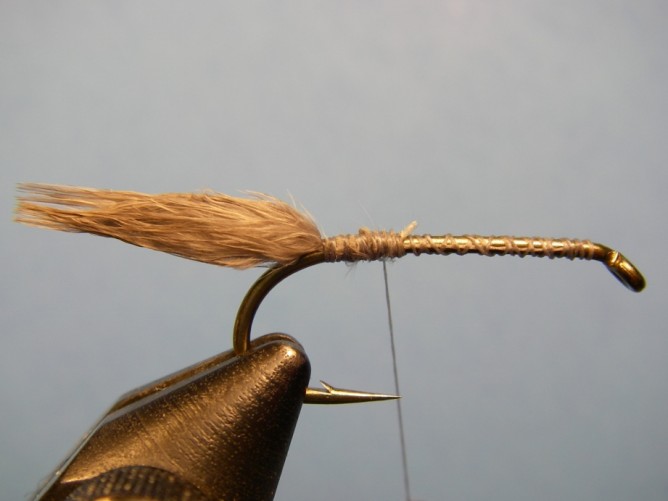
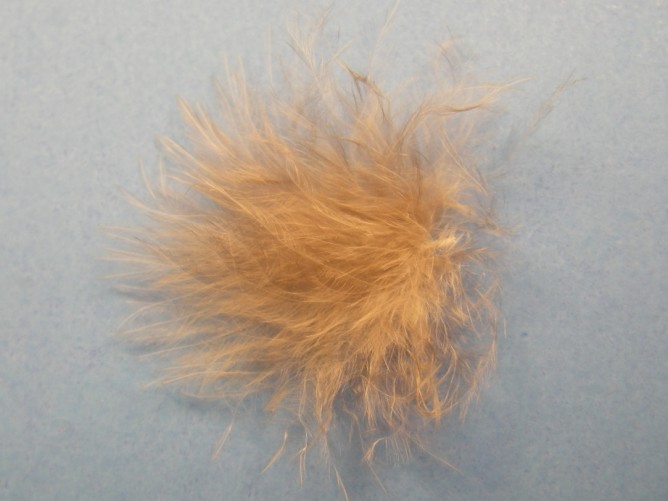
Step 2. Tie in the tail so the natural ends extend back 1-1/2 times the hook gape’s distance.
This material can be found on a pheasant’s skin and is usually just below the wings.
Another source for this material can be cut from the stem of the hackle feather used in Step 5.
Step 3. Dub a generous body that tapers slightly towards the hook eye.
Stop about a hook gape’s distance behind the eyes.
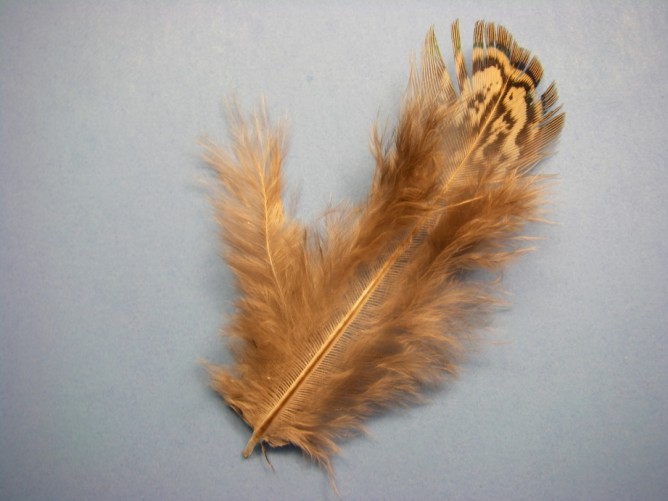 Step 4. Chose a hackle feather from the pheasant rump patch or skin. Notice the
Step 4. Chose a hackle feather from the pheasant rump patch or skin. Notice the
secondary Philoplume Feather? Remove from the stem and use for the head in step 6.
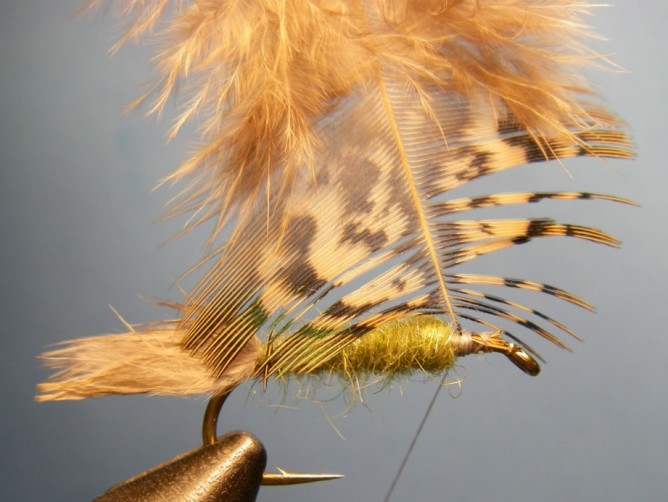
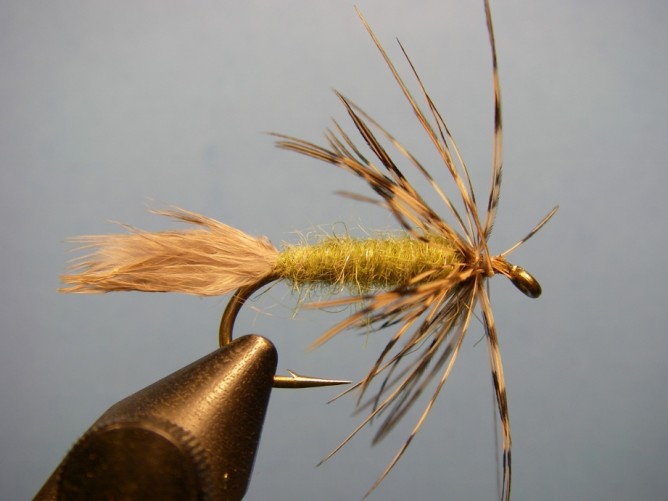
Step 5. Tie in the hackle by the tip and wrap two to three times tightly.
You want the feather barbs sized so they extend to just beyond the body.
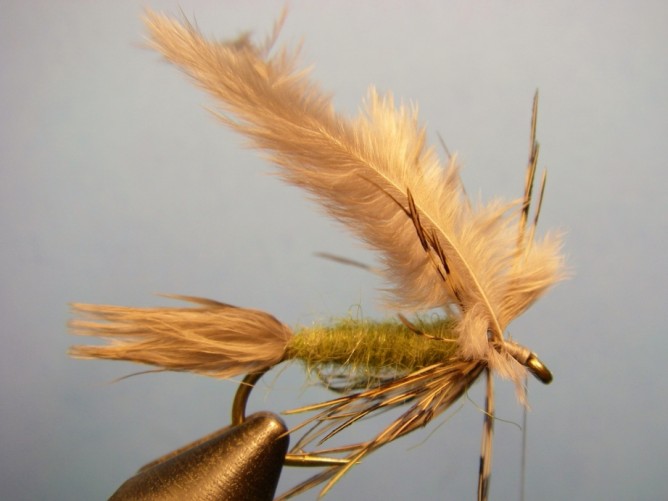 Step 6. Carefully tie in the Philoplume Feather by the base and
Step 6. Carefully tie in the Philoplume Feather by the base and
cover the remaining head area with multiple wraps. Tie off.
Finished Sparrow Nymph – with optional Krystal Flash rib.

